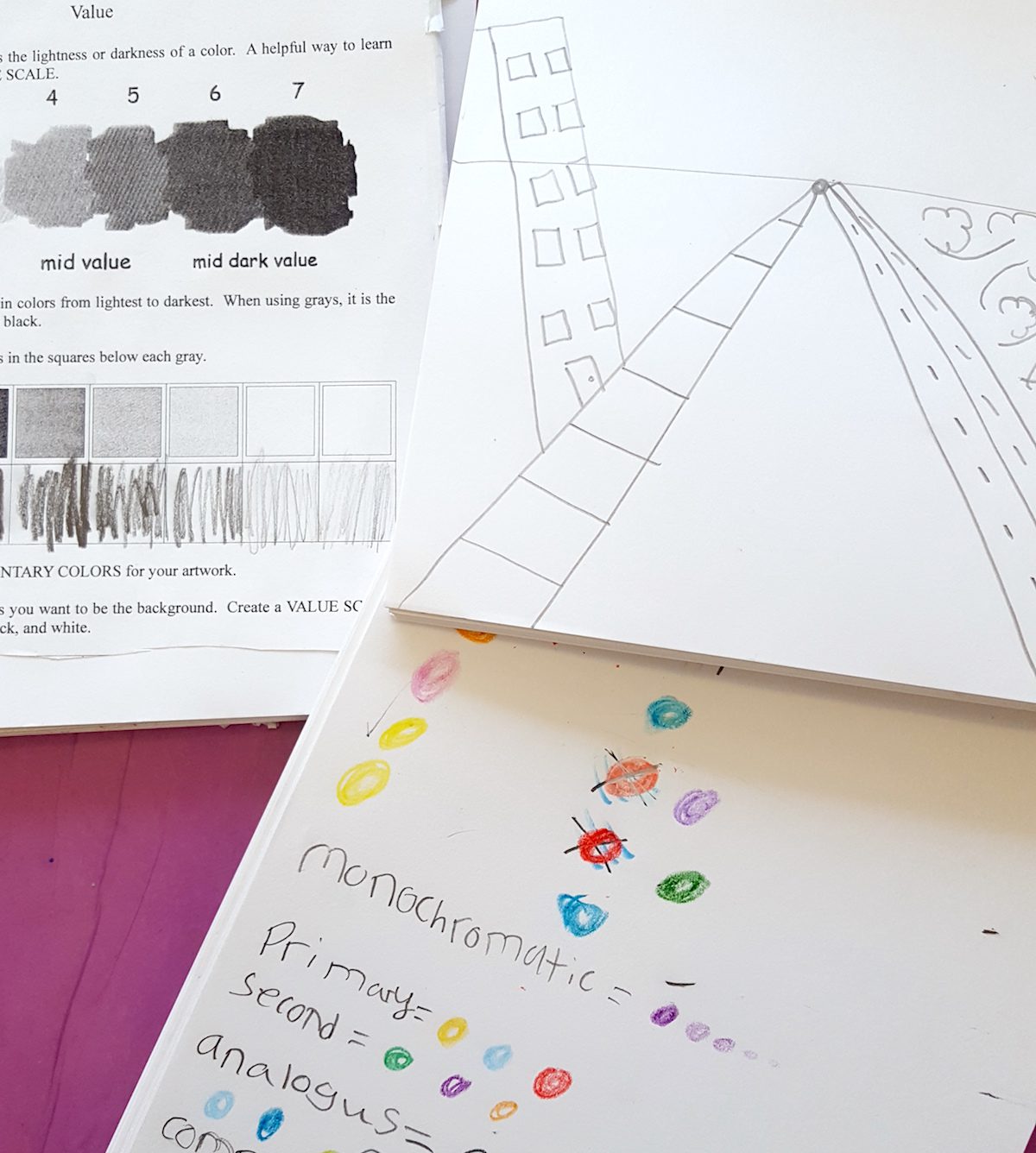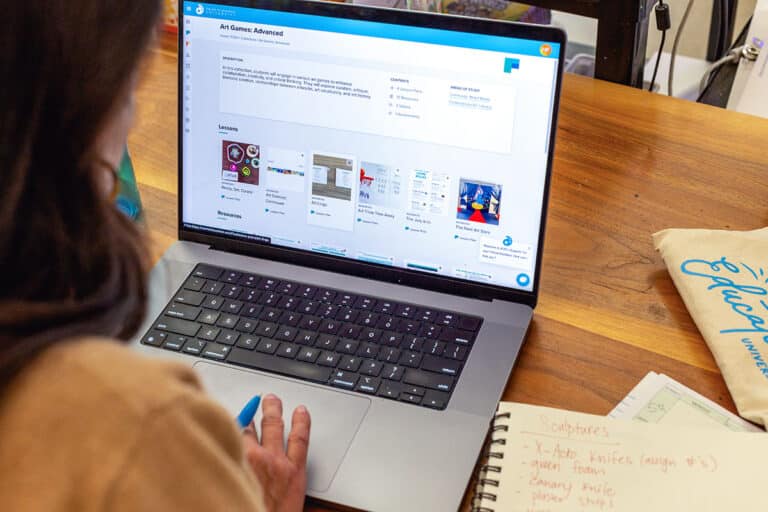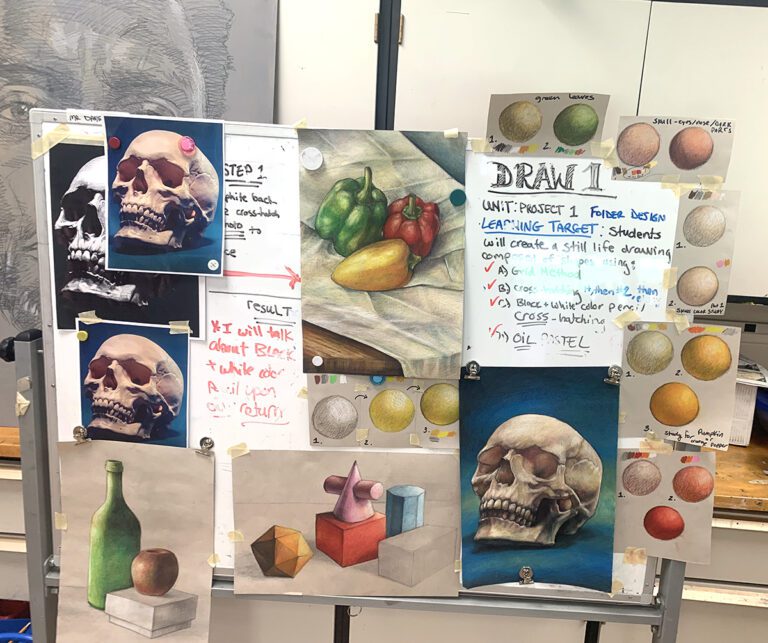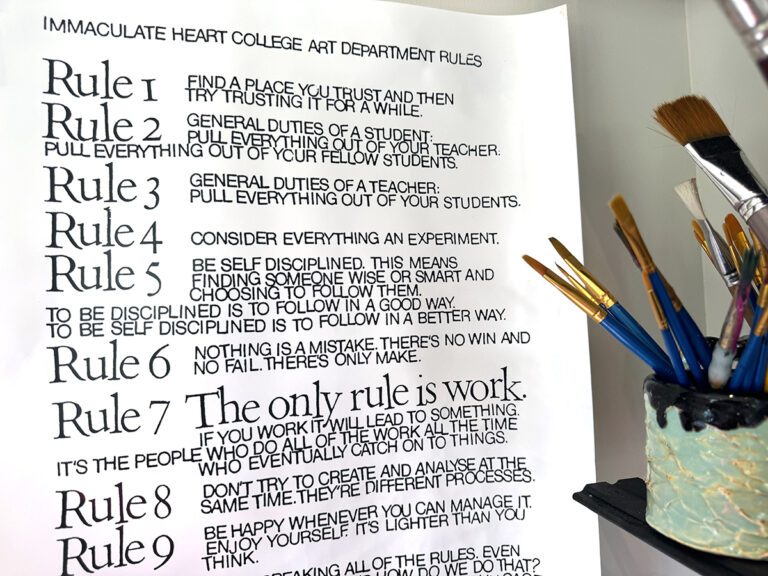Many years ago, I started thinking about using sketchbooks with my upper elementary students. I knew other elementary art teachers who had successfully added sketchbooks to their programs, but I was still a bit intimidated.
Weren’t they expensive? How would I use them with so many students? How would I be able to fit them into my 40-minute classes that meet only once a week? It seemed unmanageable.
Once I started using sketchbooks with my students, however, I couldn’t imagine teaching without them. In my opinion, they are an essential tool for every upper elementary art room.
I use my sketchbooks in much the same way across grade levels. Sketchbooks streamline a lot of different art room processes.
Here are a few ways you can use sketchbooks with your elementary students:
1. Note Taking
Students in my classes often use their sketchbooks to take notes. For example, when teaching art history I’ll ask students to write down some basic information about artists and their work. Students also take notes about technical processes like one-point perspective or concepts like color theory.
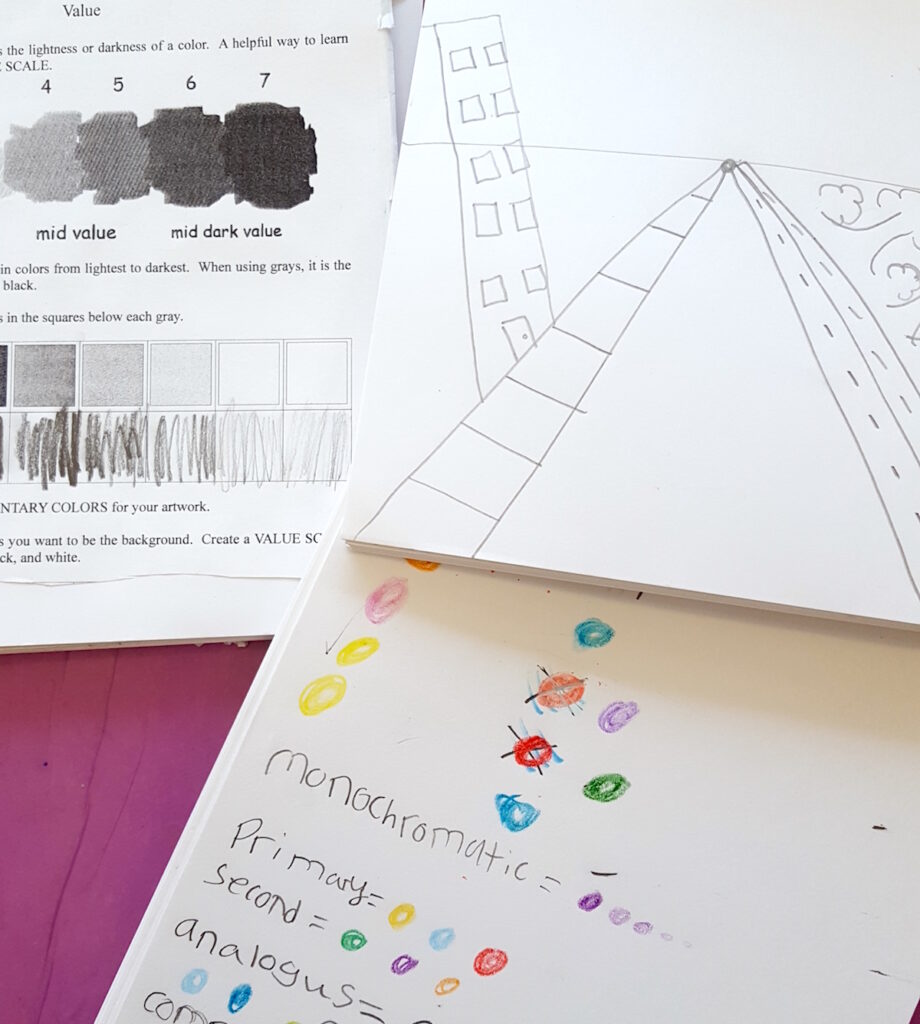
2. Planning and Growth
Before I started using sketchbooks, my students would plan their artworks on loose pieces of paper. These papers often got lost, crumpled, or damaged. I would rarely be able to see the plan alongside the final work to observe student growth. When students plan in their sketchbooks, it is easy to keep everything together.
3. Experimentation
My students use their sketchbooks to experiment with different media. If we are using a new medium, I ask students to take 10 minutes to experiment with it in their sketchbooks before starting on their final work. This provides students a safe place to play and learn. It also keeps these experiments for easy reference later on.
4. Reflection
My students have a section of their sketchbooks devoted to artist statements. At the end of each lesson, they reflect on their work and the process by which it was made.
5. Early Finishers
When students complete their work early, I allow them to sketch in their sketchbooks. I have noticed they take their time and put more effort into these drawings than the drawings they do on “free draw” paper. Students take the sketchbooks seriously.
Everything previously mentioned was part of my program before I started using sketchbooks. The benefit to sketchbooks is that everything is all together, in one neat space. I can easily look through the books to observe student growth. Students can also look back to their notes to reinforce knowledge.
Here are 2 tips to get started with sketchbooks in your own classroom.
1. Start using sketchbooks slowly, with only one grade level.
In the beginning, I used the sketchbooks with only my 5th graders. I did this because they were my oldest students, and I felt they would get the most use out of them. I also did not have the space to store sketchbooks for all 600 of my students. Storing one for each of my 5th graders was much more manageable. I eventually expanded to 4th grade, but in the beginning, I recommend starting with only one grade level.
2. Sketchbooks do not have to be expensive.
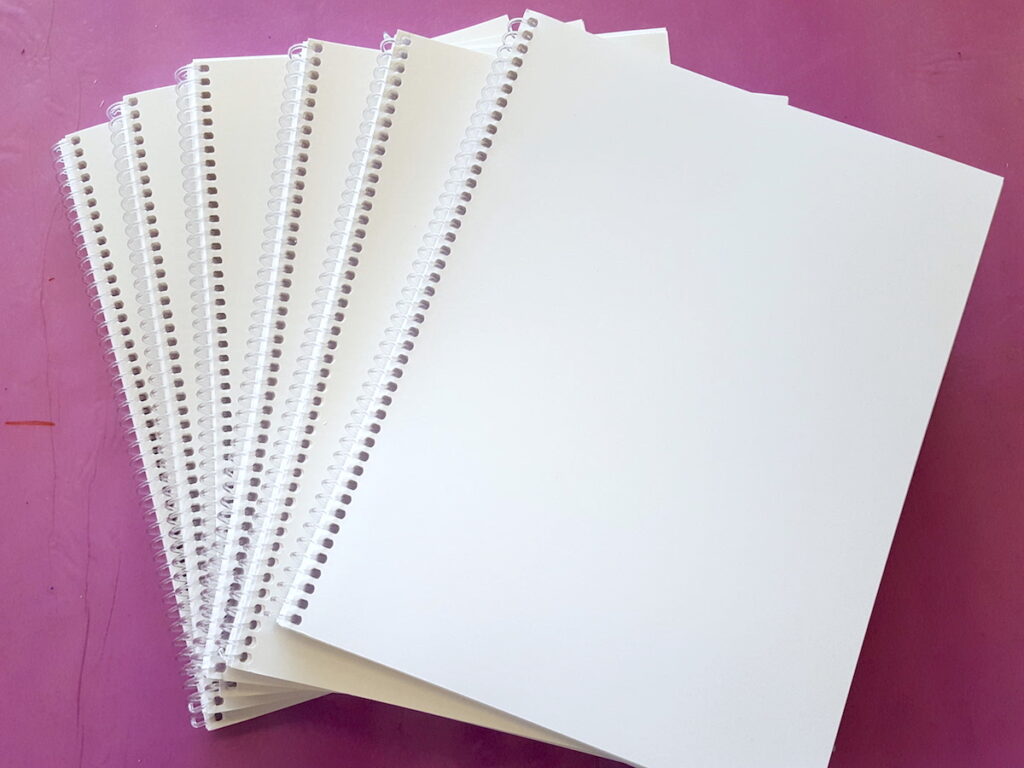
Because I was worried about the cost of sketchbooks, I did my research. I found a company called Sketch for Schools which sells inexpensive elementary sketchbooks. They are durable and are offered with a variety of different options. I buy these for my 5th graders. The 8.5 by 11 books are easy to store in milk crates.
To save money, I had my younger students create their own sketchbooks using binder clips and copy paper. These are less durable, but still functional. My 4th-grade students use these, and I store them in a filing cabinet for easy access. One of the benefits of this system is that you can add paper as needed.
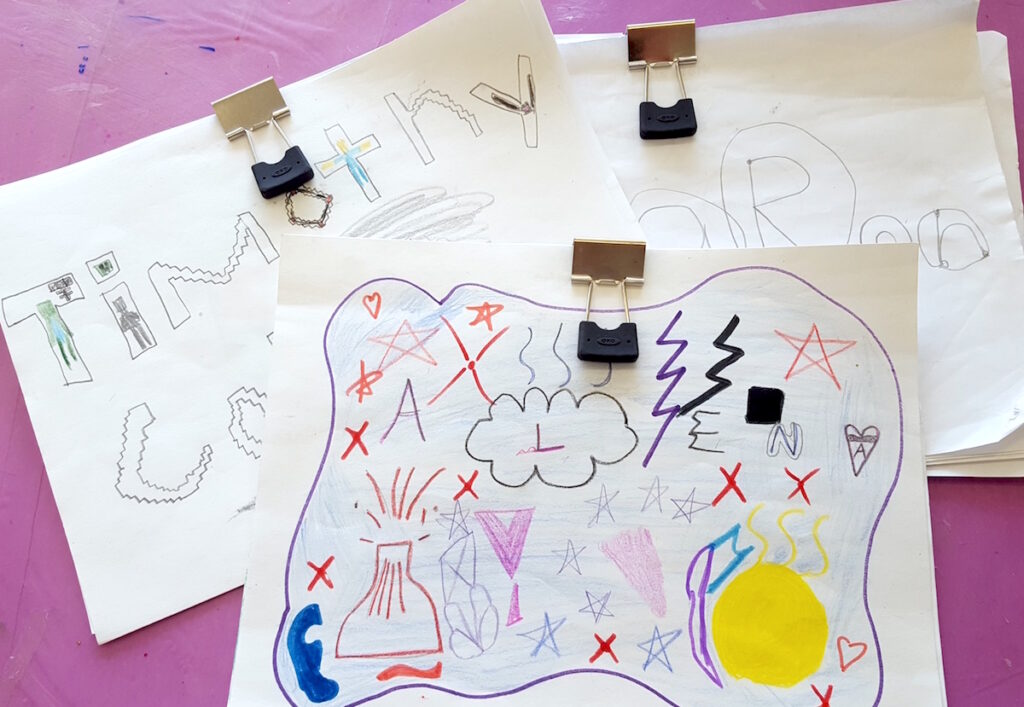
I cannot imagine teaching art without sketchbooks. They have become an essential tool in my art room, and my students love them. There are many ways to use sketchbooks with young students. Why not add this practice to your program this school year?
Do you use sketchbooks with your elementary students?
What are some different ways you use sketchbooks in your art room?
Magazine articles and podcasts are opinions of professional education contributors and do not necessarily represent the position of the Art of Education University (AOEU) or its academic offerings. Contributors use terms in the way they are most often talked about in the scope of their educational experiences.
